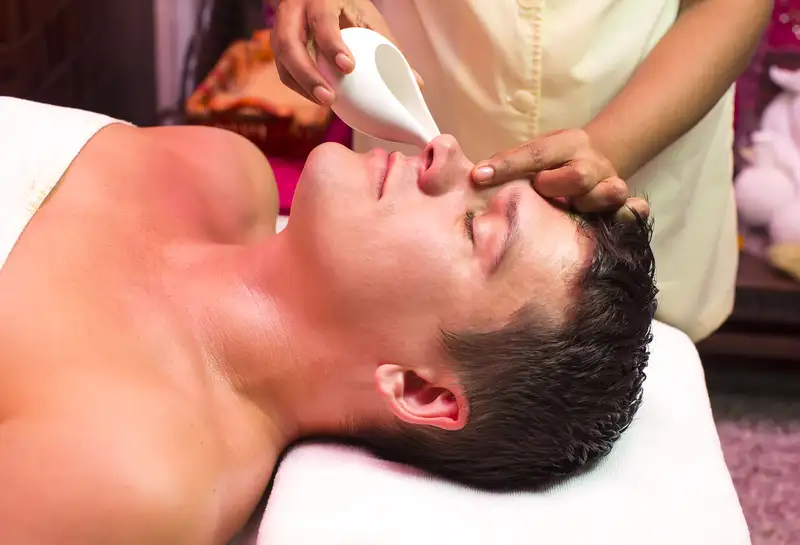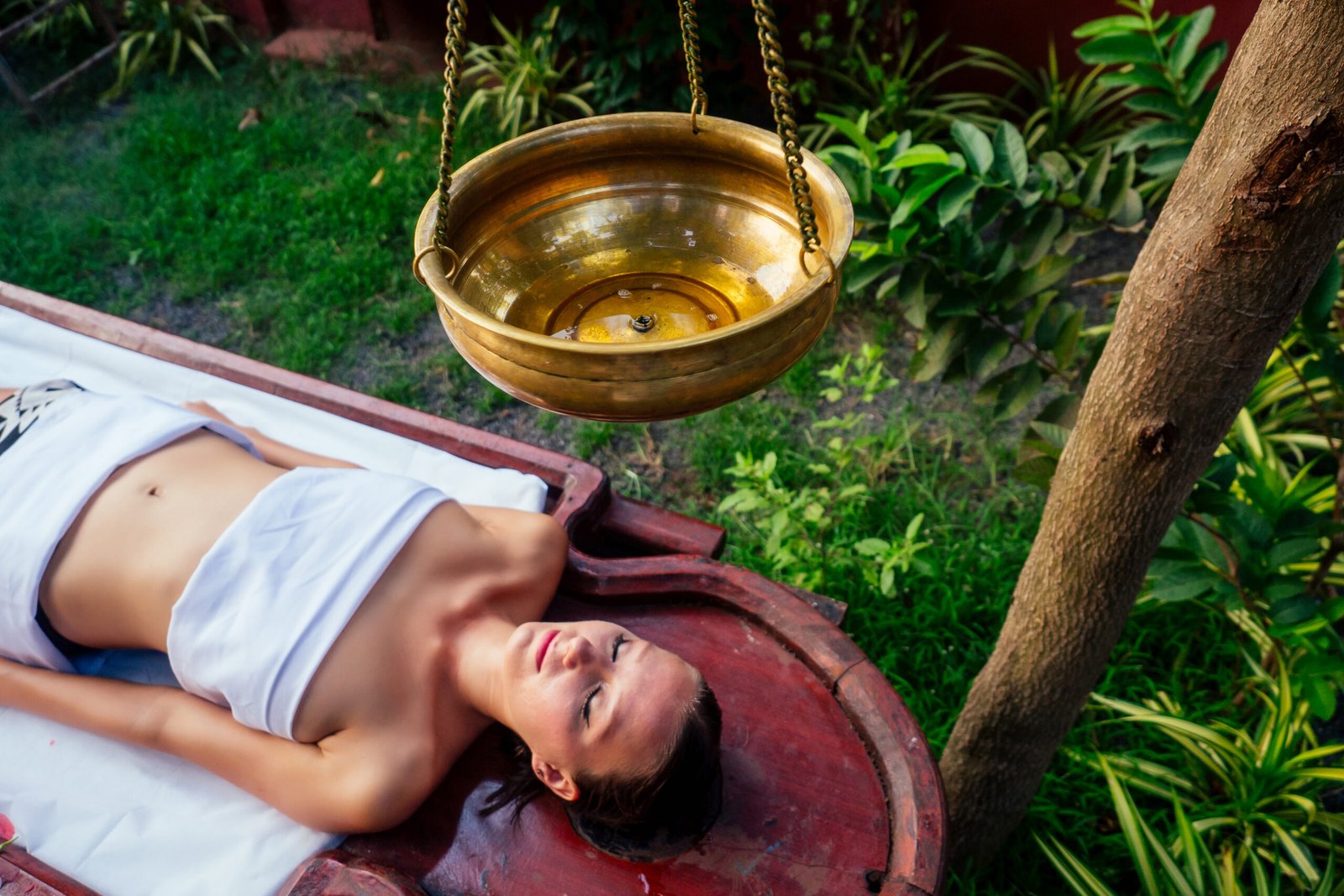Ayurveda is an ancient science that helps an individual attain his best help. Ayurveda is made up of two words; ‘Ayur’ meaning life and ‘veda‘ meaning knowledge or science, i.e., knowledge of life. Ayurveda talks in detail about how a person should be leading his day to life. This knowledge of how a person’s daily routine should be is termed Dinacharya. Dinacharya is Sanskrit terminology that means daily routine.
Why is Dinacharya important?
How a person leads day-to-day life determines how his health will be to a great capacity. Health not just encompasses physical attributes but also other aspects like mental, spiritual, social, intellectual, etc. It becomes imperative for a person to follow that complete holistic approach to manage his lifestyle. Dinacharya gives structure and organization to one’s life. Various components of Dinacharya are mentioned in ancient Ayurveda texts to be followed to maintain maximum health. The primary benefit of following Dinacharya is that it can help prevent lots of diseases. Ayurveda describes that a person has three significant components- Vata, pitta, and Kapha. Following Dinacharya ensures that this Composition is in a balanced state.
Activities that come under Dinacharya:
- Rise and shine
- Evacuation
- Mouth cleaning
- Anjana
- Nasya
- Oil pulling
- Massage
- Exercise
- Udwartana
- Cleaning the body
- Right way of Eating food
1. Rise and shine
Waking up in the specific morning time is given importance in Ayurvedic texts. The period before sunrise is called ‘Brhmamuhurta’. It is said that this period has immense energy that an individual can attain from nature. This is also the right time to get into spiritual contemplation and learn more about your overall being.
2. Evacuation
This is the second step a person should be doing. After waking up, they should head to the bathroom to freshen themselves up. It is the perfect way for the body to get rid of bodily wastes, and since it is vata time, the body is all prepared to stimulate downward movement to remove toxins. The best way is to sit in a squatting position where knees should be higher than hips.
3. Mouth cleaning
After freshening up, the focus should be on cleaning your mouth. In ayurvedic texts, various barks usage has been recommended for teeth health. Using Katu, Tikta, or Kashaya rasa helps with different oral diseases. Tongue scraping has also been given prime importance in Ayurveda. After mouth cleansing, the face and eyes should be washed with freshwater or with the decoction of Amla (Indian gooseberry).
4. Anjana
Anjana means to apply medicated kajal in your eyes. Kajal helps prevent many eye diseases; it also helps get rid of excess kapha in the eyes. It also keeps eyesight healthy and checks formation of dark circles around eyes.
5. Nasya
Nasya is administering medicated oil to the nostrils. There are five types of Nasya, but Pratimarsha Nasya is adopted for daily use. For this purpose, ‘Anutaila’ is used. Nasya helps with various degenerative disorders of the brain and sense organs. It helps prevent hair fall, neck stiffness, headache, rhinitis, facial paralysis, etc.




